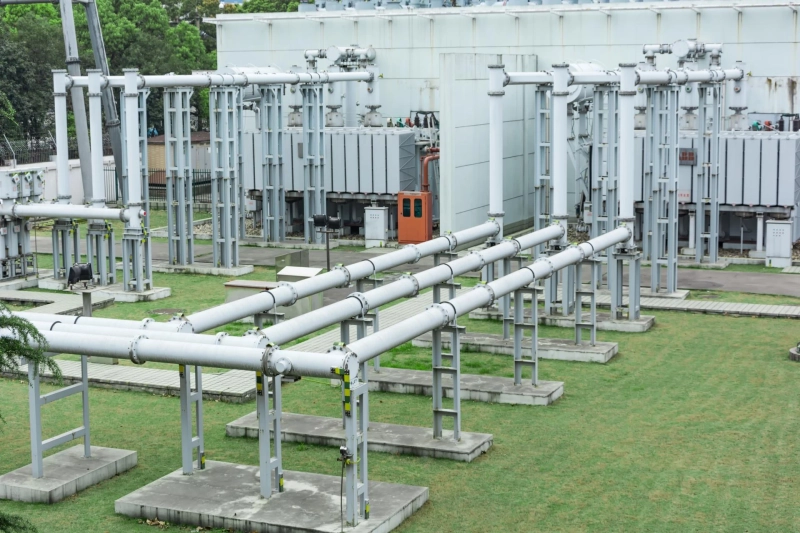Ecosystems and industries highly depend on clean water. Nevertheless, a significant number of lakes and reservoirs are polluted by untreated industrial effluents. Oxygen gradually decreases, leading to stinking fumes and the proliferation of toxic algae. Lake aeration systems and efficient industrial effluent treatment solutions, fortunately, provide the means to restore balance and improve water quality.
Why Large Lake Aeration Systems are essential?
Aeration systems in large lakes are essential for maintaining healthy environments. These increase the amount of oxygen by pumping water to the surface and to the bottom. This reduces the harmful gases such as hydrogen sulfide and methane. In addition, organic matter decomposes more quickly in these systems, increasing water clarity.
Moreover, aeration will counter temperature stratification. When lakes stop moving, the surface temperature remains elevated, while the bottom becomes cold and oxygen-deprived. Aeration causes an equal distribution of temperature and oxygen by blending these layers. Thus, aquatic organisms, including fish and plants, regenerate, strengthening the lake ecosystem.
Moreover, the aeration systems installed today in large lakes are efficient in terms of power consumption and easy to maintain. They can use diffusers or surface aerators to cover extensive territory and provide a continuous oxygen supply. In the long run, they restore water bodies that are nutrient overloaded or affected by industrial discharges.
Industrial Effluents Treatment
Industrial effluents treatment is also necessary to secure the water bodies. Byproducts released by many industries are found in their wastewater, which contains chemicals, heavy metals, and organic matter. Lack of appropriate treatment allows pollutants to persist in rivers and lakes, causing serious harm to aquatic organisms.
The treatment process is a robust procedure that consists of several steps: screening, sedimentation, biological treatment, and chemical neutralization. By doing this, each step removes various contaminants, ensuring that the discharge at the end will not fall below environmental norms. Additionally, high-tech processes, such as membrane filtration and activated carbon adsorption, enhance purification.
Moreover, factories are adopting highly sustainable treatment techniques to reduce their carbon footprint. Using treated water for cooling or irrigation also reduces waste. Therefore, green practices do not just save on resources but also preserve the ecosystem around that area.
Combining Aeration and Effluent Treatment for Sustainable Water Management
Large lake aeration systems, coupled with industrial effluent treatment, have proven to be an effective solution for water restoration. Aeration facilitates the transfer of dissolved oxygen, and treatment of effluents reduces the influx of harmful elements. They have been found to promote ecological harmony and guard against future contamination.
Increased industries also increase demand for cleaner, well-managed water bodies. By investing in such technologies, water sustainability can be achieved over the long term. Furthermore, there are clean lakes, healthier wildlife, and safer recreational areas, all of which are a blessing to the communities.
To sum up, we need to conserve our water resources actively. The big lake aeration systems and modern procedures for treating industrial effluents provide effective, sustainable, and efficient solutions. Through a sustained campaign, we will have healthier water and a cleaner environment for future generations.



